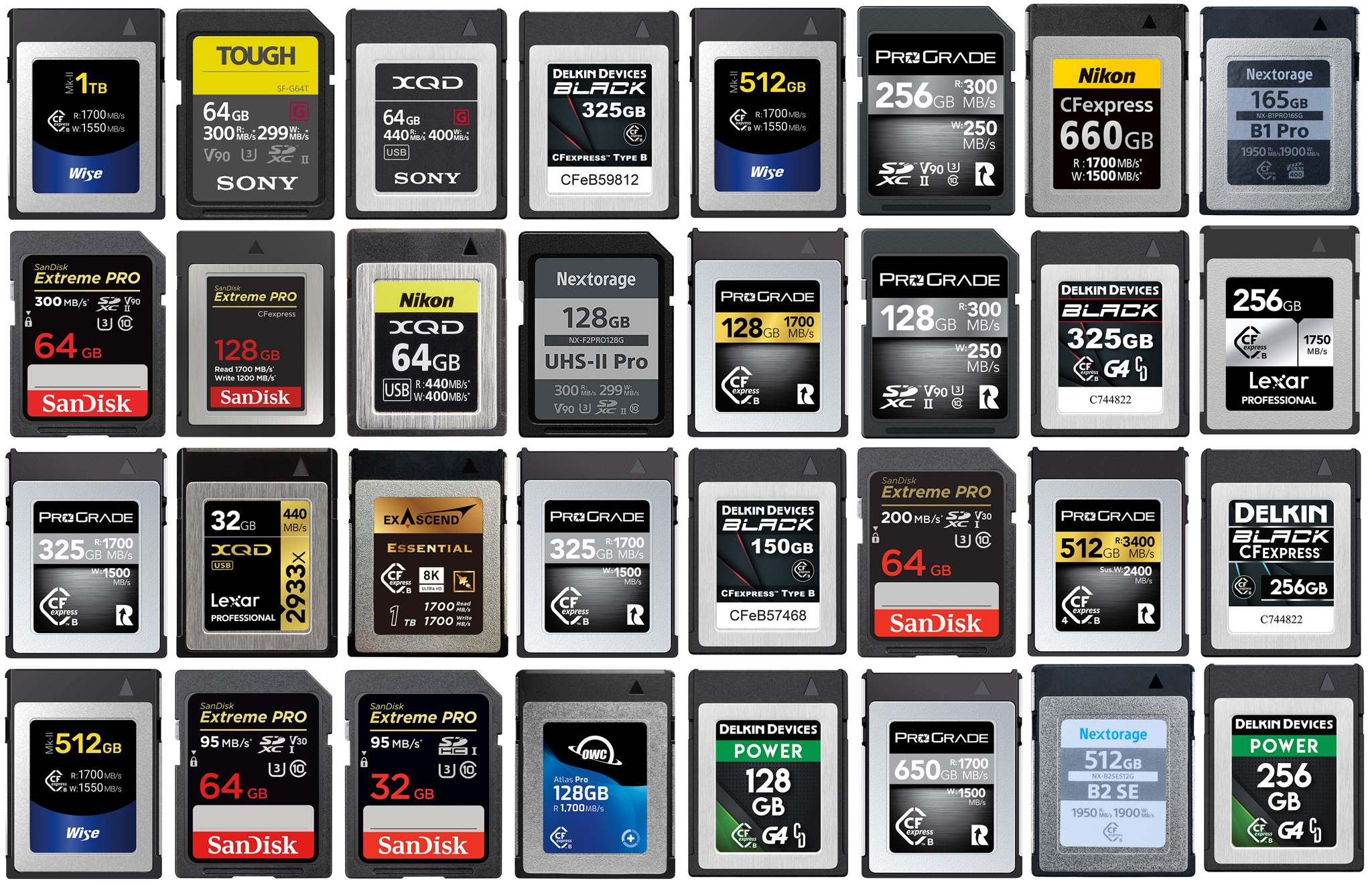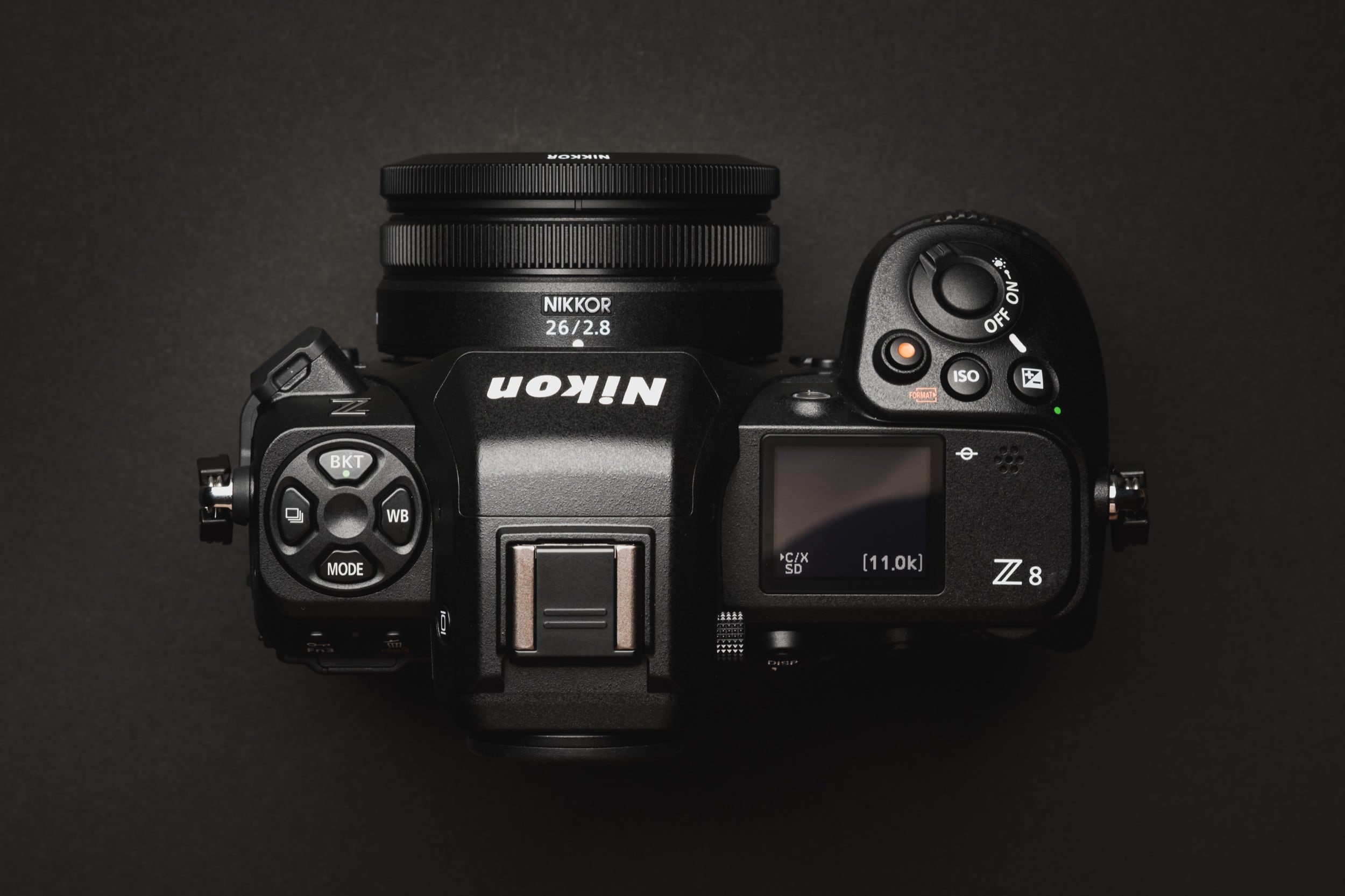Yes, we are looking at the same description and my comments stand. According to his test conditions, none of the cards offered limitless buffer, something which has been claimed with Delkin Blacks. So, either there is something wrong with his methodologies or those who claim that the Delkin Blacks support unlimited buffers. According to Delkin, minimum sustained write speeds are 1530 MB/sec whereas his calculated speeds were almost 1/2 that. Also, he didn’t test card temperatures, video performance, or how he calculated write speed. Based on his testing, the differences in performance between the high performing cards was small.






